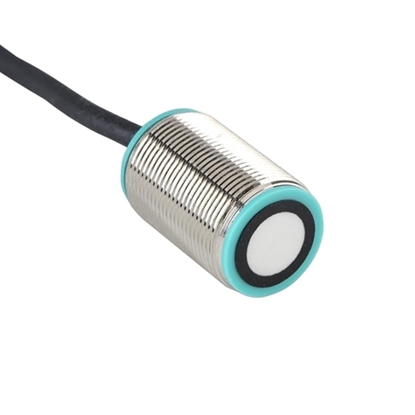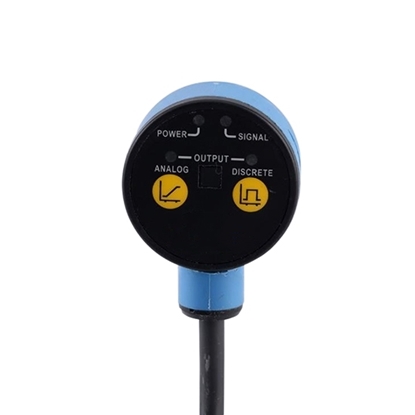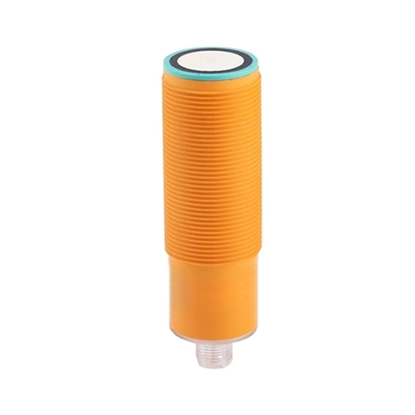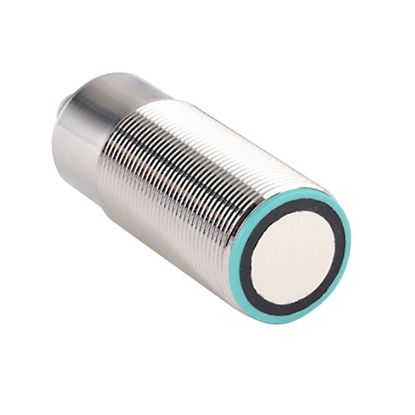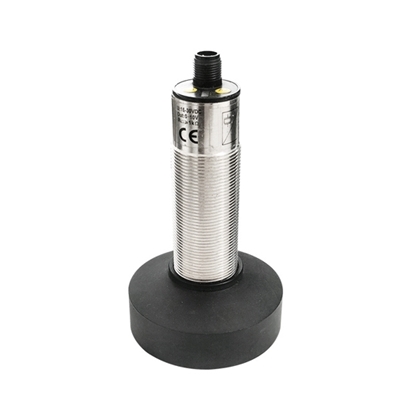Ultrasonic Distance Sensor
Ultrasonic Distance Sensor, 100-1000 mm
Ultrasonic Distance Sensor, 100-700 mm
Ultrasonic Distance Sensor, 150-1000 / 150-2000 mm
Ultrasonic Distance Sensor, 150-2000 mm
Ultrasonic Distance Sensor, 200-2000 mm
Ultrasonic Distance Sensor, 500-8000mm
Ultrasonic distance sensor (transducer) is an electronic device that measures the distance of a target object by emitting ultrasonic sound waves, and converts the reflected sound into an electrical signal. High power ultrasonic transducer with various detection range, 100-1000mm, 100-700mm, 150-2000mm, 200-2000mm can be selected on ATO. Ultrasonic sensor for vehicle detection is a common usage in life. And it also applies in industry, biology and medical treatment.
What are the Application Conditions of Ultrasonic Distance Sensor?
Ultrasonic distance sensors can offer reliable distance measurement performance in a variety of industrial environments. However, they must be engineered to withstand the conditions found in that environment. Some of the environmental factors to consider when choosing an ultrasonic sensor include:

- Temperature. The speed of sound varies depending on temperature, which can affect the accuracy of the distance measured between the sensor and the targeted object.
- Weather. Ice, snow, dust, mud, and other environmental material buildup can block the sensor face, which can prevent the ultrasonic soundwaves from being transmitted or received. Additionally, the ingress of contaminants, such as water, can affect sensor function. ATO ultrasonic distance transducers with IP67 waterproof, working temperature between -20 ℃ and +60 ℃. It can ensures durability in harsh outdoor environments.
- Pressure or vacuum. Ultrasonic sensors are not designed for use in high-pressure or vacuum applications.
System Composition of Ultrasonic Distance Sensor:
The ultrasonic distance sensor is mainly composed of the following four parts:
- Transmitter. Through the vibrator (generally ceramic products, diameter of about 15 mm) vibration to produce ultrasonic waves and radiation to the air.
- Receiver. When the oscillator receives the ultrasonic wave, it produces the corresponding mechanical vibration according to the ultrasonic wave, and converts it into electrical energy as the output of the receiver.
- Control part. Through the integrated circuit control transmitter ultrasonic transmission, and judge whether the receiver received the signal (ultrasonic), and has received the size of the signal.
- Power supply. Ultrasonic sensors are usually powered by external DC power supply with voltage of DC12V ± 10% or 24V ± 10%, which is supplied to sensors by internal voltage regulator circuit.
Typical Applications For Ultrasonic Distance Sensor Include:
Ultrasonic distance sensors are used in various non-contact distance measurement applications, each of which carries different restrictions and requirements. The sensor you choose should meet the demands of your application, whether you need stainless steel sensors for corrosive environment operations, cross-talk-resistant sensors for multi-sensor operations, or wireless-enabled sensors for remote measurement operations.
- The ultrasonic sensor can detect the container condition. An ultrasonic sensor mounted on top of a plastic melt tank or plastic pellet chamber can be used to analyze the container's status, such as full, empty or half-full, when it sends sound waves into the container.
- It can be used to detect transparent objects, liquids, any surface rough, smooth, light dense materials and irregular objects. But not suitable for outdoor, hot environment or pressure tanks and foam objects.
- Ultrasonic sensor can be used in food processing plants to realize the closed-loop control system of plastic packaging inspection. With the new technology can be in the wet ring such as bottle washing machine, noise environment, extreme temperature change environment for detection.
- Ultrasonic transducer can be used to detect liquid level, detect transparent objects and materials, control tension and measurement distance, mainly for packaging, bottle making, material moving inspection coal equipment transport, plastic processing and automotive industry. Ultrasonic sensors can be used for process monitoring to improve product quality, detect defects, determine presence, and other aspects.


